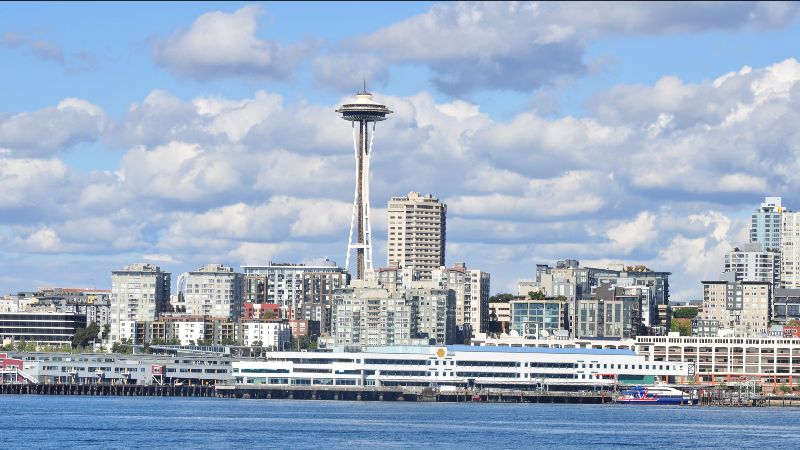Seattle
New budget projections are in, and the city’s projected deficit has increased slightly again to $260M (Seattle Times, paywall). Revenue from all of the taxes that go into the General Fund are down, while the JumpStart payroll revenue is up. It is anticipated that the Mayor and the new Council will raid the JumpStart funds to cover at least some of the deficit, and that they will enact some cuts as well. The Mayor has asked each city department to prepare its budget including a scenario for 40% cuts. The budget deficit is projected to continue over years, and the JumpStart funding is likely to be quite variable over that time.
The full Council will hear I-137, the funding mechanism for the social housing initiative on Tuesday, Aug 6. The Council will decide whether the initiative will appear on the Nov. ballot or the Feb. ballot, and whether it will add an alternative for the voters to go alongside. The Council could also decide to pass the initiative outright.
Seattle City Light presented a draft Integrated Resources Plan, and an update on the Strategic Plan to council. The plan forecasts a greater rise in demand over the next two decades than previously expected. The plan calls for rate increases of 5.4% to cover inflation and costs of new power generation. It cites winter peak demand as being the most difficult to meet, and calls for new firm clean power sources.
The City Council Transportation Committee is meeting to discuss a new taskforce to investigate alternatives for funding infrastructure projects: road repair, bridges, and sidewalks. This task force was established by the legislation that approved the Transportation Levy for the ballot, and although it cites the Transportation Benefit District as a possible source of revenue, it does not include any transit improvements as part of its goal; this could mean further reduced revenue for transit.
King County
The EPA awarded the County a $50M grant to reduce emissions from multi-family residential and commercial buildings. It covers weatherization, replacing gas boilers with heat pumps, and reducing embodied carbon in new buildings, particularly in disadvantaged communities. It will focus on the four county region that includes King, Snohomish, Pierce, and Kitsap Counties.
State
The Washington Physicians for Social Responsibility issued I-2117: A Risk to Our Health. “Repealing the CCA would reverse significant public health advancements, particularly for our most overburdened communities.” Key health benefits at risk include:
- Improved Air Quality: Investments have significantly reduced the risk of respiratory conditions like asthma, especially in children
- Cardiovascular Health: Lower air pollution levels, which will lessen heart attack and stroke incidents
- Mental Health: Enhanced urban green spaces promote physical activity and mental well-being
- Heat Protection: Urban forestry projects mitigate extreme heat risks

